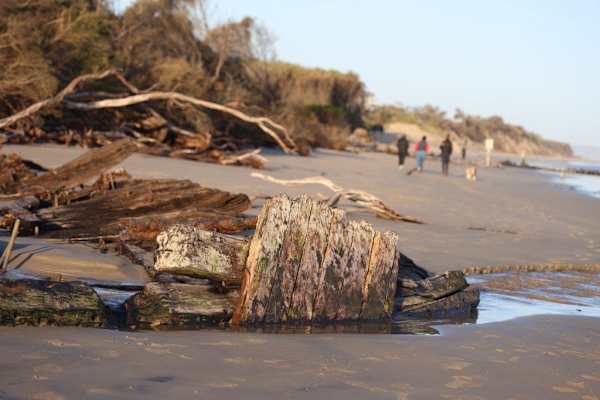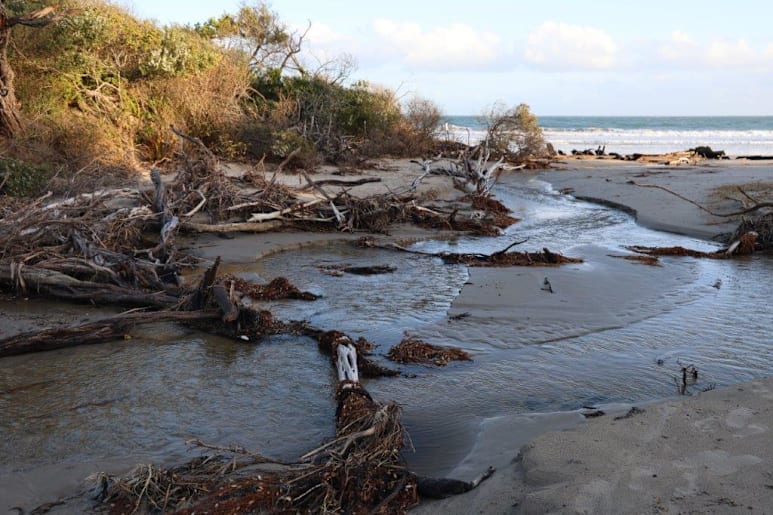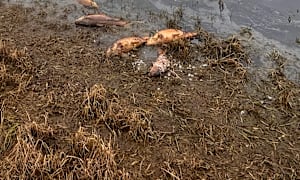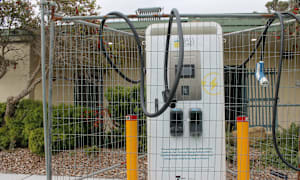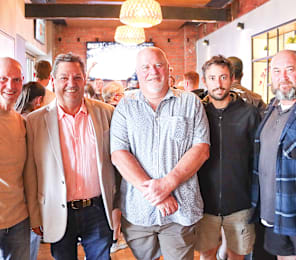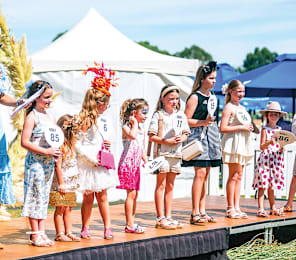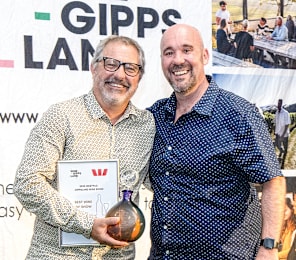THE first order of business today, for the owners of houses in Surf Parade Inverloch, after information provided at a Community Stakeholder Briefing session in the town this week, should be to go to the Engage Vic website and complete a survey and/or make a submission about the draft Cape to Cape Resilience Plan.
But hurry, the survey and submissions close at 11:59pm on October 13, 2024.
Tap the link HERE or type “engage vic cape resilience project” into your search engine.
Because, if you can believe it, after chatting in person to over 500 people through pop-up and drop-in events, speaking with 40 attendees at round-table sessions and viewing 92 survey submissions, the authorities say no one, not a single person has put to them that as many as 20 houses on that strip should be protected from storm surge, erosion and ultimately inundation at the expense of the beach itself.
The beach is the priority, according to consultation they say, not the surf club, not the houses.
And if you put up a rock wall, the science is in, they say, you would lose the beach in front of the surf club, and no one wants that.
So, ultimately, it will be all about retreat… unless there’s a community response to the contrary. And even then, to be perfectly frank, there might never be enough money to constantly refill the sand in front of a rock wall, like they do on the Gold Coast, if that would even work in a highly dynamic, Bass Strait-facing beach location complicated by the vagaries of Anderson Inlet, Point Smythe and the shifting sandbars.
But the value of other ‘hard engineering structures’ including groynes, breakwaters, geobag revetments, tidal/surge barriers, levees, tidal valves on stormwater systems, upgraded drainage, and road network reconstruction have not been ruled out in the Cape to Cape Resilience Plan.
But they haven’t been ruled in or even scheduled for research, testing and costing either.
The solution that is getting all the focus of attention and likely all the available funding, including the $3.3 million allocated in November 2022 by the Federal Government under its $50 million Coastal and Estuarine Risk Mitigation Program, is initially, the “nature based” option referred to in the C2C plan, including dune and vegetation enhancement and small-scale renourishment, followed by major dune and beach renourishment.
Apparently, the solution to Inverloch’s erosion problem and whether the surf lifesaving clubhouse falls into the sea isn’t just science based or cost-based assessment, it’s partially a popularity contest as well.
According to the feedback so far received by DEECA and the Inverloch Inter-agency Working Group, dune and beach renourishment got the most ticks, with a preference for no groynes. Other hard engineering options such as seawalls and breakwaters have not been well supported, they say.
If you want the balance to swing in favour of at least researching, trialling and costing some of the hard engineering solutions, you’ll have to say so in a submission.
And don’t hold your breath waiting for the major action set to be funded by the Federal Government’s Coastal and Estuarine Risk Mitigation Program.
According to details provided by DEECA at the community stakeholders briefing on Monday, October 7, tenders have only just closed for the design of major dune and beach renourishment works, featuring mining-scale sand relocation and dune reconstruction.
Thereafter will follow an approvals process, with cultural significance, community impact, economic impact and environmental studies, among others that might include an application for the use of a sand dredge to bring displaced sand back onshore that could take the best part of a year.
They’ll then have to find one of a rare class of dredge that can do the work, and fit in with the other scheduled work of these hug pieces of equipment.
So, it will be at least 12 months, possibly into 2026 (a State election year) before a projected 150,000 tonnes of sand is moved back on to the beach at Inverloch as a significant response to the on-going erosion problems there.
In the meantime, say the authorities, the reactive, small-scale dune renourishment work will continue.
But will it work, officials of the Inverloch SLSC and Inverloch Tourism Association, who attended the meeting, want to know.
And you’ve got to say they didn’t get a clear answer.
What they did get however was an up to date report on the severity of the storm event of August-September this year which has now been upgraded to a 1:50 year event or even a 1:100 year event based on the record duration of the 5-day storm and the sustained nature of the wave energy and wave heights, consistently measured at 5.5 metres at Venus Bay, forcing tides higher and increasing coastal damage, and not just at Inverloch.
As a result of that storm, previously established modelling of the impacts of erosion, storm surge and permanent inundation on the coast, adjoining land and infrastructure including buildings, houses and public amenities over time might need to be reassessed.
There was a tonne of good information at that briefing session and some good discussion too about the adaption options, including the reality that there probably isn’t enough funding, up against other priorities and the fact that what’s going on at Inverloch is not an isolated case.
But who knows about it? Almost no one.
While the draft Cape to Cape Resilience Plan, and all the research documents that go with it, are up on the Engage Vic website for all to see, it doesn’t offer a clear assessment of the options or a recommended plan of action.
The authorities have so far offered a sanitised version of community consultation but on this subject, given the potentially precarious situation if another storm event should hit, it’s time for a good, old fashioned public meeting, with all the experts, all the information and all the community questions.
Give everyone the chance to come along, hear what’s going on, and have their say or forever hold your peace.
What Jordan Crugnale MP had to say…
Bass MP Jordan Crugnale called the Community Stakeholder Briefing session at the Inverloch Surf Lifesaving Club on Monday afternoon and evening, October 7 and was one of about 25 people in attendance.
Others at the briefing included Bass Coast Shire Council CEO Greg Box, community representatives from the Inverloch SLSC, Inverloch Tourism Association, and South Gippsland Conservation Society with officials and presenters from DEECA and the Inverloch Working Group.
Ms Crugnale thanked everyone for attending.
“I want to take this opportunity to thank the representatives of the Surf Club, ITA and Conservation Society as to the consultants from Water Technology and Alluvium, the RaSP partners and DEECA.
“I called this briefing to get everyone in the one room and my commitment is that this continues. We all need to work together, have meaningful and productive conversations that reflect local knowledge, community sentiment, the local coastal environment context and importantly have action timelines for works both immediate and as we continue to progress the large-scale dune reconstruction project.
“We effectively now have a new formal working group with key community stakeholder organisations at the centre.
“The next opportunity to bring everyone back together would be in around 4-6 weeks once DEECA has also had the opportunity to go through the feedback from the engage.vic.
“I feel people were heard, frustrations aired, questions raised and Coastal Engineer Elise Lawry from Water Technology and Phebe Bicknell from Alluvium were very informative and provided much needed insight into the detail of the C2C work including the adaptation options considered and suitability to our area.
“We extended the engage vic draft final plan closing date until after this briefing and I encourage people to have their say and if there are any specific questions they too can be inputted into the survey,” said Ms Crugnale.
